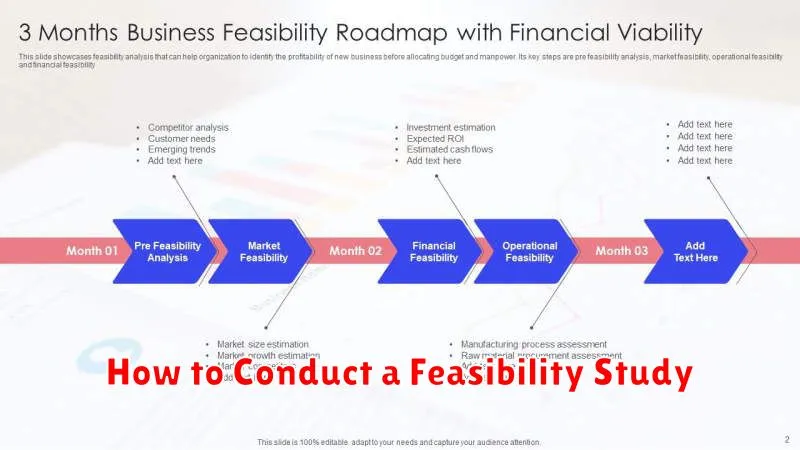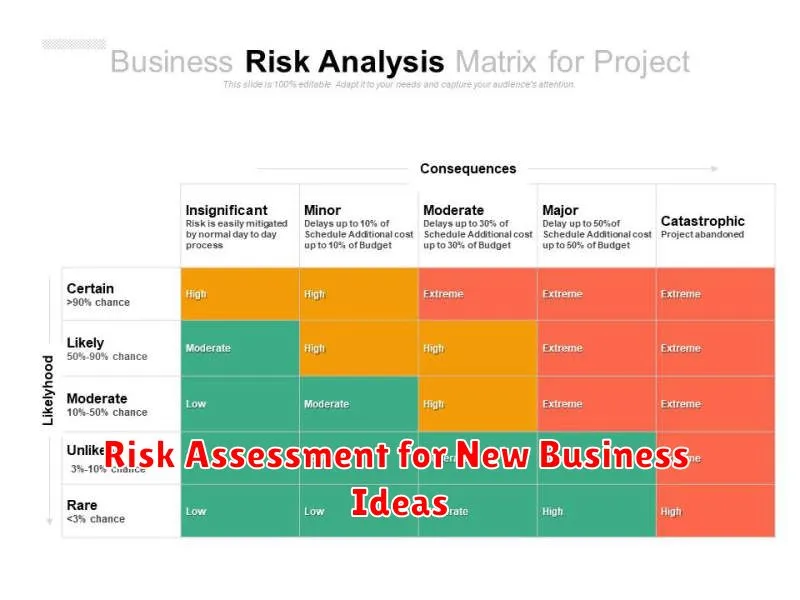Choosing the right business for long-term growth requires careful consideration of various factors. This comprehensive guide will explore key strategies to help you identify a profitable and sustainable business venture. We’ll delve into assessing your skills and interests, conducting thorough market research, developing a robust business plan, and securing funding. Learn how to minimize risk, maximize return on investment, and build a thriving enterprise that endures for years to come.
Identifying Your Strengths and Interests

Choosing a business for long-term growth requires a deep understanding of your own strengths and interests. This self-assessment is crucial for building a sustainable and fulfilling venture.
Start by identifying your skills and talents. What are you naturally good at? What tasks do you enjoy and excel in? Consider both hard skills (technical abilities) and soft skills (communication, teamwork, leadership).
Next, examine your interests. What genuinely excites you? What topics or industries do you find yourself constantly reading about or discussing? Passion is a powerful driver of long-term success, fueling perseverance through challenges.
Consider the intersection of your strengths and interests. Where do these two areas overlap? This is where you’ll find the most promising opportunities for building a business you’ll both excel in and enjoy.
Honest self-reflection is key. Don’t shy away from areas needing improvement; instead, view them as opportunities for growth and development. Seeking feedback from trusted mentors or colleagues can provide valuable external perspectives.
By carefully considering your strengths, interests, and areas for improvement, you can lay a solid foundation for choosing a business that aligns with your personal capabilities and aspirations, fostering long-term success and satisfaction.
Analyzing Market Demand and Trends
Thorough market analysis is crucial for long-term business success. Understanding market demand involves identifying the need or desire for a particular product or service. This requires researching the size of the potential customer base, their demographics, and their purchasing habits. Tools like market research reports, surveys, and competitor analysis can provide valuable insights.
Analyzing market trends is equally important. This involves identifying shifts in consumer preferences, technological advancements, and economic conditions that could impact your business. Understanding these trends allows you to adapt your offerings and strategies proactively, ensuring your business remains competitive and relevant. For example, a growing interest in sustainable products presents an opportunity for businesses offering eco-friendly alternatives.
By carefully examining both market demand and trends, you can identify viable opportunities with strong growth potential. This involves recognizing unmet needs, emerging markets, or innovative solutions that cater to evolving consumer preferences. This assessment will help you choose a business that is not only profitable but also poised for sustained growth in the long term. A strong understanding of the market landscape is fundamental to making informed decisions and mitigating potential risks.
How to Conduct a Feasibility Study

A feasibility study is crucial for assessing the viability of a business idea before significant investment. It systematically analyzes various aspects to determine if the venture is likely to succeed.
Market analysis is the first step. This involves researching your target market, identifying competitors, and analyzing market demand and size. Understanding market trends and potential growth is vital.
Next, conduct a technical feasibility assessment. This examines the availability of resources, including technology, equipment, and skilled labor. Determine if the necessary infrastructure and processes are achievable.
Financial feasibility is equally important. Develop a detailed financial projection including startup costs, operating expenses, revenue forecasts, and profitability analysis. Secure funding sources and evaluate the return on investment (ROI).
Legal and regulatory compliance must be considered. Research relevant laws, permits, and licenses required to operate legally. Assess potential legal risks and compliance costs.
Finally, management feasibility analyzes the team’s capabilities and experience. A strong management team is essential for success. Evaluate the skills, experience, and resources of the management team.
By thoroughly investigating these areas, a feasibility study provides a clear picture of the business’s potential for long-term growth and sustainability, guiding informed decision-making.
The Difference Between Passion and Profitability
While passion is a crucial element in driving entrepreneurial success, it’s not the sole indicator of a profitable business. Passion fuels dedication and perseverance, essential for navigating challenges. However, a business lacking a viable market and a sound financial model, even with passionate leadership, is unlikely to thrive long-term.
Profitability, conversely, assesses the business’s capacity to generate revenue exceeding its expenses. It hinges on factors like market demand, pricing strategy, efficient operations, and effective marketing. A highly profitable business might not ignite the same passion in its owner, but it offers financial stability and growth potential.
The ideal scenario blends both passion and profitability. Identifying a business idea that aligns with your passions while possessing strong market viability maximizes the chances of long-term success. Thorough market research and a well-defined business plan are critical in bridging the gap between personal enthusiasm and sustainable financial returns. This balanced approach ensures both personal fulfillment and financial security.
How to Choose Between Product and Service Businesses
Choosing between a product-based and a service-based business is a crucial first step in building a successful and sustainable enterprise. The decision hinges on your skills, resources, and long-term goals.
Product businesses involve manufacturing or sourcing tangible goods for sale. They often require significant upfront investment in inventory, manufacturing, and distribution. However, they can generate higher profit margins once established and offer the potential for scalability through automation and efficient supply chains. The potential for passive income is also greater with a product business, as sales can continue without direct involvement from the owner.
Service businesses, on the other hand, sell intangible expertise or labor. They typically require less initial capital investment and can be launched more quickly. They also provide greater flexibility and direct customer interaction, allowing for tailored solutions and strong client relationships. However, revenue is directly tied to time spent working, limiting scalability and passive income opportunities. Pricing can also fluctuate depending on the services offered and market demand.
Ultimately, the best choice depends on your individual circumstances. Consider your passion, your financial resources, your risk tolerance, and your desired lifestyle. A thorough market analysis is essential to validate your chosen business model and ensure its viability for long-term growth.
Understanding Your Target Audience
Choosing the right business for long-term growth hinges on a deep understanding of your target audience. This involves more than just identifying a general demographic; it requires a thorough investigation into their needs, wants, and pain points.
Detailed market research is crucial. This might involve surveys, focus groups, competitor analysis, and studying existing market data. The goal is to create a detailed buyer persona – a semi-fictional representation of your ideal customer. This persona should include demographics, psychographics (values, interests, lifestyle), buying habits, and online behavior.
Understanding your target audience allows you to tailor your business model. Knowing their preferences will inform your product or service offerings, pricing strategies, marketing campaigns, and overall business approach. Ignoring this crucial step can lead to wasted resources and ultimately, business failure.
By thoroughly understanding your target market’s needs and desires, you can build a business that resonates with them, fostering loyalty and driving long-term growth. This ensures your efforts are focused on serving a receptive and profitable customer base.
Risk Assessment for New Business Ideas

Before launching any new business, a thorough risk assessment is crucial for long-term growth. This involves identifying potential problems that could hinder success. Consider market risks, such as competition and changing consumer demand. Analyze financial risks, including startup costs, cash flow projections, and potential for debt. Evaluate operational risks related to supply chain disruptions, technology failures, and staffing challenges. Finally, assess legal and regulatory risks, encompassing permits, licenses, and compliance issues.
A comprehensive assessment should include a prioritization of these risks based on their likelihood and potential impact. This allows for the development of mitigation strategies, such as securing funding, diversifying suppliers, or building strong relationships with key stakeholders. By proactively addressing potential problems, entrepreneurs can significantly increase their chances of building a sustainable and profitable business.
Remember, detailed market research is essential to inform your risk assessment. Understanding your target market, competitive landscape, and industry trends will help you pinpoint potential threats and opportunities. This proactive approach to risk management is a key factor in achieving long-term growth and avoiding costly mistakes.
Steps to Validate Your Business Concept
Validating your business concept is crucial for long-term growth. It ensures you’re building something people actually want and are willing to pay for. This process mitigates risk and maximizes your chances of success.
Step 1: Market Research: Conduct thorough research to understand your target market, their needs, and existing solutions. Analyze competitors and identify gaps in the market your business can fill.
Step 2: Problem Validation: Clearly define the problem your business solves. Confirm that this problem is real and significant to your target audience. Use surveys, interviews, and focus groups to gather data.
Step 3: Solution Validation: Ensure your proposed solution is effective and addresses the identified problem. Test your solution with potential customers through minimum viable products (MVPs) or prototypes to gather feedback.
Step 4: Business Model Validation: Validate your revenue model and pricing strategy. Test different pricing models to find the optimal balance between profitability and customer affordability. Determine if your business model is scalable and sustainable.
Step 5: Analyze Feedback and Iterate: Continuously analyze the feedback received throughout the validation process. Be prepared to adapt and iterate your business concept based on the data and insights gathered. Flexibility and responsiveness are key.
By systematically following these steps, you can significantly increase the likelihood of building a successful and sustainable business. Remember: Validation is an iterative process; it’s not a one-time event.

